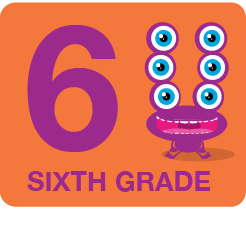This workbook will help you improve your skills with triangles and calculating areas. Pages 1 and 2 provide a quick refresher on the base and height of a triangle. Pages 3 to 7 focus on solving for the areas. Are you up for the challenge?
Students should understand that the area of a triangle is equal to half of the base times the height. The base is one side of the triangle, and the height is how tall the triangle is from the base to the top point. In math terms, the formula is Area = 1/2 x base x height. So, if you know how long the base is and how tall the triangle is, you can plug those numbers into the formula to find out the area!
They should be able to use this formula to solve problems using both standard and non-standard measurements. This knowledge builds on their understanding of what a triangle is and how it can be measured and prepares them for more complex geometric concepts in later grades.
A teacher may approach teaching the concept of areas of a triangle by first ensuring that the students understand the basic shape of a triangle and its elements: the base and height. Students should know how to identify the base and height of triangles, including right, isosceles, and equilateral triangles. She could illustrate this by drawing various triangles on the board.
Basic Definition: Start by giving the basic definition of a triangle and explaining what its area represents-the amount of space it covers.
Formula Explanation: The most important aspect for students is to understand the formula for finding the area of a triangle, which is 1/2 x base x height. Explain what each of these terms (base and height) means in a triangle's context.
Triangles and Areas: Puzzle Collection Workbook
Additional Educational Resources:
Polygons Large Workbook - (Grade 6)
Properties of Triangles and 4-sided Figures Large Workbook - (Grade 5)
Triangles and Areas: Puzzle Collection Workbook
GRADES:


Additional Educational Resources:
Polygons Large Workbook - (Grade 6)
Properties of Triangles and 4-sided Figures Large Workbook - (Grade 5)

